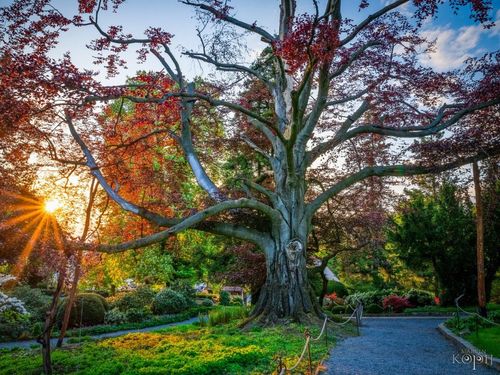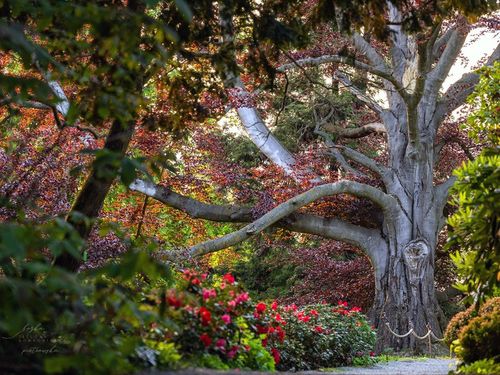Ancient Trees Becoming a Thing of the Past
2/27/2019 | Hannah Fischer, Rob McBride

The demise of a massive, eleven-meter girth oak tree, the Buttington Oak, has sparked discussion about action that must be taken to adequately protect such ancient treasures of the countryside.
Until 2018, the Buttington Oak was the largest tree in Offa’s Dyke, and the second largest in Wales. Planted along the border of England and Wales, the Buttington Oak was over 1,000 years old; truly a natural landmark.
Historians believe the tree was planted to mark the site of the Battle of Buttington during the Viking invasion of England. Fought in 893, the Battle involved an alliance of Anglo-Saxons and Welsh, who came together to defeat the Vikings.
Historians believe the tree was planted to mark the site of the Battle of Buttington during the Viking invasion of England. Fought in 893, the Battle involved an alliance of Anglo-Saxons and Welsh, who came together to defeat the Vikings.
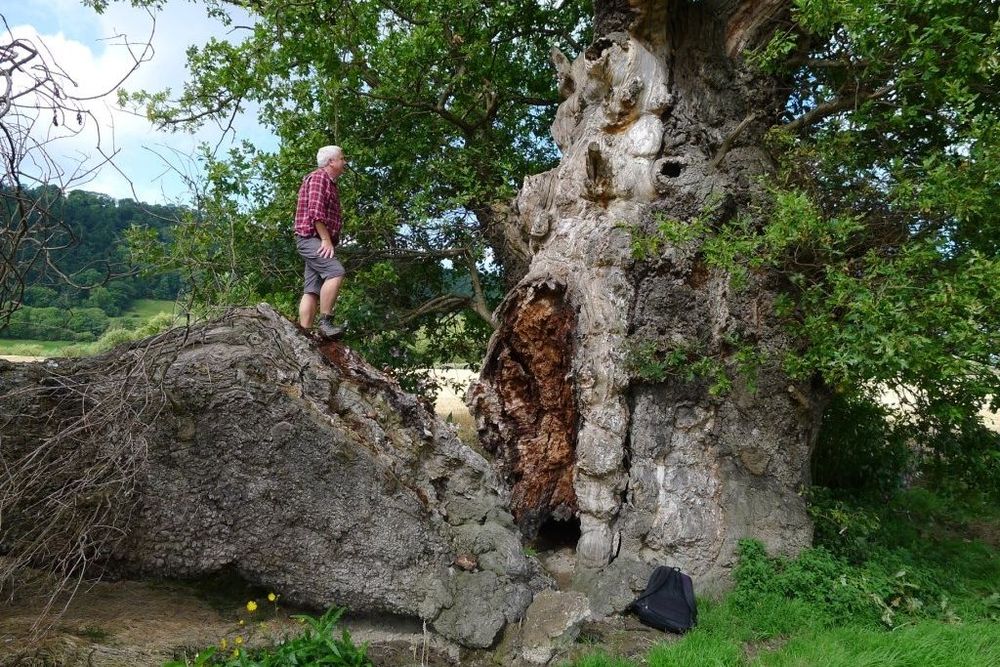
The Buttington Oak was always a fixture to the locals; evidence that the tree had been regularly pollarded shows it was a valuable resource. Over time, it was rediscovered by the outside world as a noteworthy tree of size and significance; measuring 11 metres in girth and growing in a floodplain east of the longest river in Great Britain.
September 2017 - Whilst walking the Offas Dyke National Trail as part of his Ancient tree hunt project, Tree hunter Rob McBride, - director of Treespect CIC - discovered to his horror that the largest girthed tree on the National Trail, had significantly collapsed onto the ground. Five months later the tree finally fell over entirely. He told the Daily Express, “Something must be done now to protect these culturally significant heritage trees before we lose any more” and went on to discuss proper protection of ancient trees like the Buttington Oak.
September 2017 - Whilst walking the Offas Dyke National Trail as part of his Ancient tree hunt project, Tree hunter Rob McBride, - director of Treespect CIC - discovered to his horror that the largest girthed tree on the National Trail, had significantly collapsed onto the ground. Five months later the tree finally fell over entirely. He told the Daily Express, “Something must be done now to protect these culturally significant heritage trees before we lose any more” and went on to discuss proper protection of ancient trees like the Buttington Oak.
There are more ancient native oak trees in England than in the rest of Europe combined. According to an ancient tree database, over 50 percent of ancient trees in northern Europe are in the U.K. Of these trees, many are over 500 years old. They are the refuge of many rare invertebrates and insects. Potentially, they are important gene banks for the future and store within them secrets yet to be discovered by science. Giving more weight to the reasons they should have proper, legal protection now.
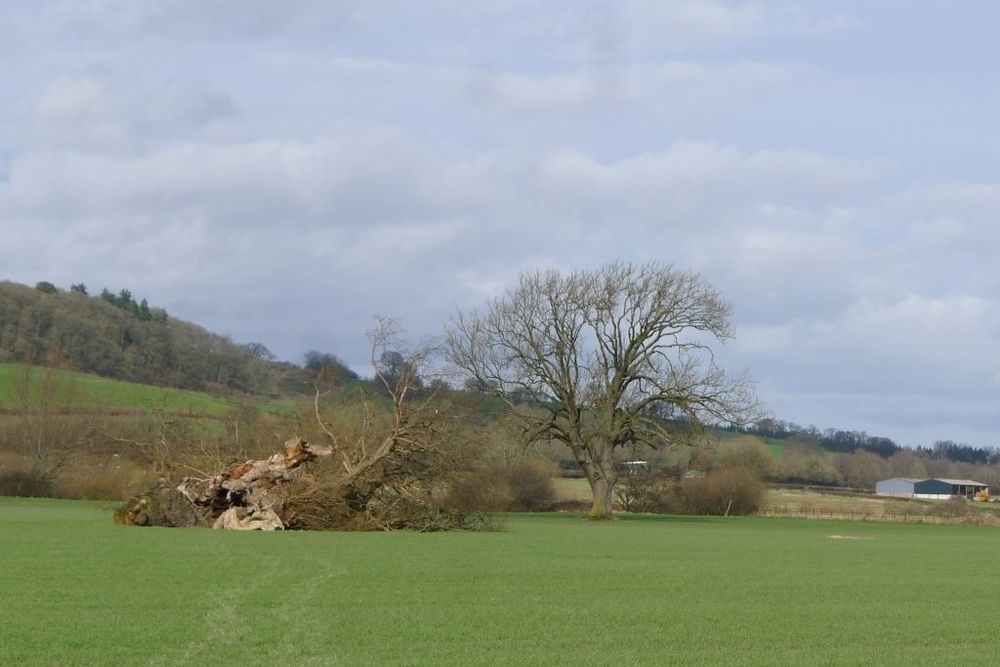
Like the Buttington Oak, the Pontfadog Oak was considered a national treasure and had shaded some 40 generations of people. It took root centuries before most cathedrals were even built and before the land on the one side of Offa’s Dyke was called England. The tree’s trunk was, at one time over 16 meters in circumference and may have been over 1,500 years old. The locals reported that the tree was so big that a missing bull once spent two days in its hollow trunk before it was found. In 2013, the Pontfadog collapsed onto the farmhouse close by and shocked people from around the world.
Both of these ancient arboreal icons could have used help. McBride argues that such trees have to be treated with special care because they are different from those that grow naturally, adding that this care would not have to be expensive.
Ancient trees have shaped the landscape of not only Wales and England, but all of Europe for well over 1,000 years; it is our duty as guardians of these ancients to look after and protect them as best we can.
Both of these ancient arboreal icons could have used help. McBride argues that such trees have to be treated with special care because they are different from those that grow naturally, adding that this care would not have to be expensive.
Ancient trees have shaped the landscape of not only Wales and England, but all of Europe for well over 1,000 years; it is our duty as guardians of these ancients to look after and protect them as best we can.
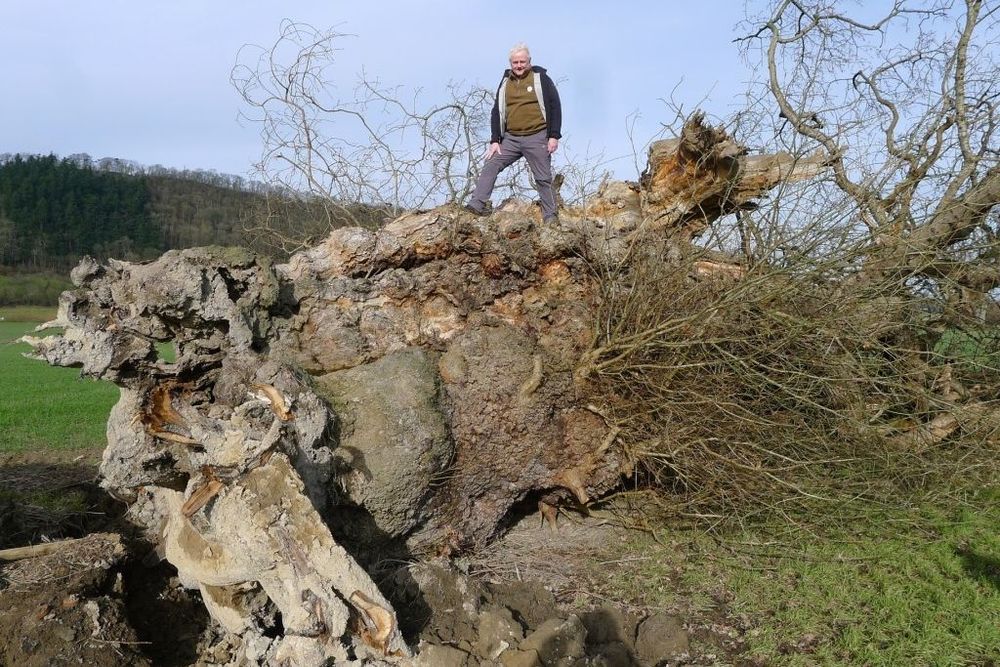
Share

